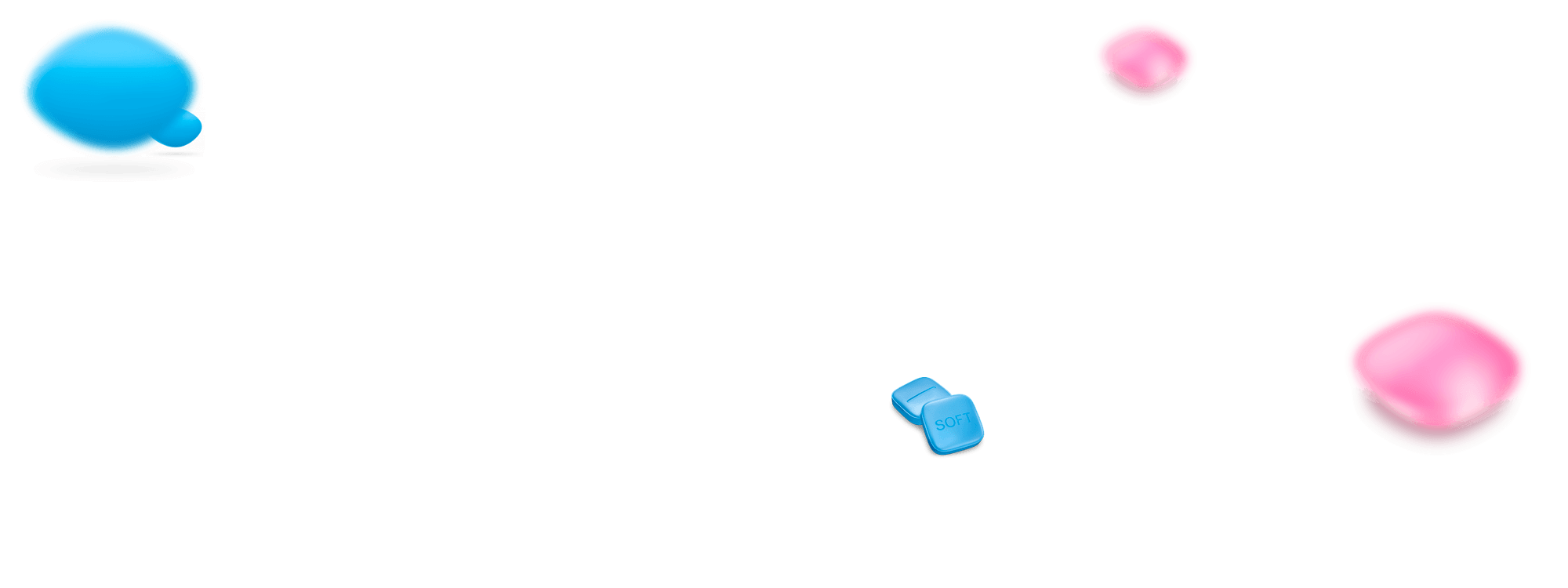Product description
Cephalexin is an antibacterial drug from the cephalosporin group. Its bactericidal effect is achieved by impeding the synthesis of the cell wall of pathogenic microorganisms. The drug is effective against gram-positive and gram-negative microorganisms. It is widely used for the treatment of infectious and inflammatory processes in the genitourinary organs.
Pharmacological properties of Cephalexin
The drug Cephalexin is considered a broad-spectrum semi-synthetic antibiotic. It is effective against gram-positive and gram-negative microorganisms. 90% of the drug is absorbed in the organs of the digestive tract. The highest concentration of the active substance in the bloodstream is observed 1.5-2 hours after the drug intake. The antibacterial effect lasts for 4-6 hours. A positive feature of the medicine is that it easily penetrates into the body tissues and fluids. It has a low level of BBB permeability. Most of the drug is excreted from the body via urine and the rest- via the bile.
Indications for the use of Cephalexin
Cephalexin has a low plasma protein binding. Due to this, it penetrates and accumulates well in the organs and tissues and can create significant concentrations in the pleura and pericardium; however, it almost doesn’t cross the unchanged blood-brain barrier.
The drug Cephalexin is mostly accumulated by the lungs and upper respiratory tract, liver, kidneys, heart, bones and joints, gall bladder, and bile.
In this regard, Cephalexin is indicated for the treatment of:
- otorhinolaryngological infections (pharyngitis, otitis media, sinusitis, and tonsillitis);
- inflammatory processes in the respiratory tract (bronchitis, pneumonia, bronchopneumonia, as well as such complications as pleural empyema and lung abscess);
- infections affecting the genitourinary system (pyelonephritis, prostatitis, epididymitis, urethritis, cystitis, endometritis, and vulvovaginitis):
- postpartum infections;
- STI (complicated and uncomplicated gonorrhea);
- inflammatory processes in bone tissue and joints (osteomyelitis and septic arthritis);
- purulent-inflammatory processes of the skin and subcutaneous tissue (boils, phlegmon, abscesses, and pyoderma);
- lymphadenitis and lymphangitis.
Contraindications
Cephalexin is contraindicated in the following cases:
A history of intolerance to cephalosporins and antibacterial drugs from the penicillin group. This is explained by the fact that there is a risk of developing a cross-reactivity.
Children under the age of 12.
Methods of drug administration
According to the instructions for use Cephalexin, this medication should be taken orally 30-40 minutes before meals. In this, the capsules must be washed down with plenty of liquid (without chewing). The daily dose for adults and children over the age of 12 with uncomplicated pathological conditions is 250 mg every 6 hours or 500 mg every 12 hours. The average dose is 1000 mg, but if necessary, it can be increased to 4000 mg.
The treatment course must last 7-14 days, but if necessary, it can be prolonged. Infectious processes caused by group A beta-hemolytic streptococcus must be treated for at least 10 days. To ensure the effectiveness of treatment, it should be carried out for another 48-72 hours after the disappearance of the disease symptoms.
Side effects
The main adverse effects of this antibiotic Cephalexin are gastrointestinal disorders. Many patients indicate such reactions as dyspepsia, stomachache, dry mouth, and diarrhea related to intestinal dysbiosis in their reviews on Cephalexin.
Pseudomembranous colitis is extremely rare.
Another common complaint after the treatment is oral candidiasis/thrush.
Possible allergic reactions can be caused by beta-lactam intolerance. They can vary in severity: from urticaria to angioedema and exudative erythema.
Possible CNS disorders: weakness, anxiety and dizziness.
Contraindications to the use of the antibiotic Cephalexin
Absolute contraindications to antibiotic prescription are allergy to beta-lactams and individual intolerance to additional components of the drug Cephalexin.
When an antibiotic Cephalexin is prescribed for breastfeeding women, natural feeding must be stopped for the time of antibiotic therapy.
Relative contraindications (that is, the drug can be prescribed with extreme caution if necessary) are:
- impaired renal function with a decrease in the glomerular filtration rate (correction of the prescribed daily dose is necessary according to creatinine clearance);
- a history of pseudomembranous colitis associated with the intake of beta-lactams.
Special indications
Patients with a history of pseudomembranous colitis and renal failure should take the antibiotic Cephalexin with extreme caution. The treatment can lead to a false-positive urine glucose result, as well as a positive Coombs test.
The drug crosses the placental barrier, which is why the use of Cephalexin by pregnant and lactating women is possible only if the mother's anticipated benefit significantly outweighs the possible risk to the development of the baby or fetus.
Cephalexin therapy is incompatible with alcohol consumption.



